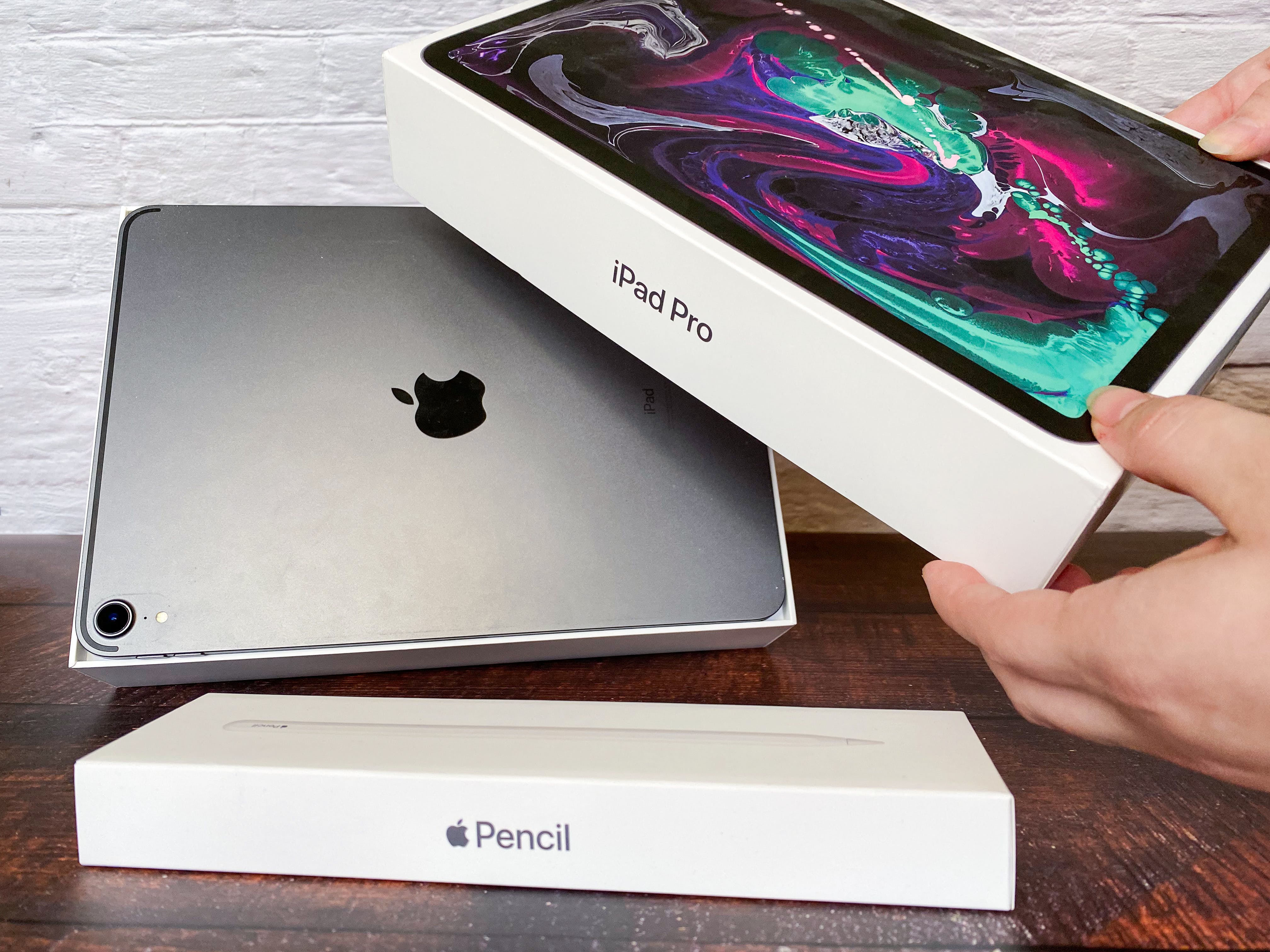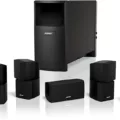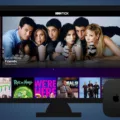Chromecast has become a popular streaming device over the years, allowing users to easily cast their favorite content from their smartphones or computers to their TV screens. Google has released several generations of Chromecast, each with its own unique features and capabilities. In this article, we will explore the different generations of Chromecast and how to identify which model you have.
The first-generation Chromecast was introduced by Google back in 2013. It was a simple and affordable streaming device that plugged into the HDMI port of your TV. The first-generation Chromecast lacked 4K support, but it was able to stream content in 1080p resolution. It quickly gained popularity due to its ease of use and low price point.
In 2015, Google released the second-generation Chromecast, which featured a more compact design and improved performance. The second-generation Chromecast also introduced support for 5GHz Wi-Fi networks, allowing for faster and more stable streaming. Like its predecessor, it supported streaming in 1080p resolution.
The Chromecast Ultra, released in 2016, was Google’s first foray into 4K streaming. This model supported streaming in 4K Ultra HD resolution, making it ideal for users with compatible TVs. The Chromecast Ultra also featured an Ethernet port for a more reliable internet connection and faster streaming speeds.
In 2018, Google launched the third-generation Chromecast. This model added a few minor improvements over its predecessors, including faster load times and improved Wi-Fi performance. It also retained support for streaming in 1080p resolution, making it a budget-friendly option for those who don’t require 4K streaming capabilities.
More recently, Google introduced the Chromecast with Google TV in 2020. This model combines the streaming capabilities of a Chromecast with a user-friendly interface similar to other streaming devices like Roku or Amazon Fire TV. The Chromecast with Google TV includes a remote control and a dedicated home screen that provides personalized recommendations based on your viewing habits.
Identifying the model of your Chromecast is relatively easy. The first-generation Chromecast can be recognized by its circular shape, while the second-generation and third-generation models have a more compact, oval design. The Chromecast Ultra has a round shape with a small G logo on the front, and the Chromecast with Google TV has a larger oval shape with a remote control included.
Google has released several generations of Chromecast, each with its own unique features and improvements. From the first-generation Chromecast to the latest Chromecast with Google TV, users can enjoy seamless streaming of their favorite content on their TV screens. By identifying the physical characteristics of your device, you can easily determine which Chromecast model you own and make the most out of its capabilities.
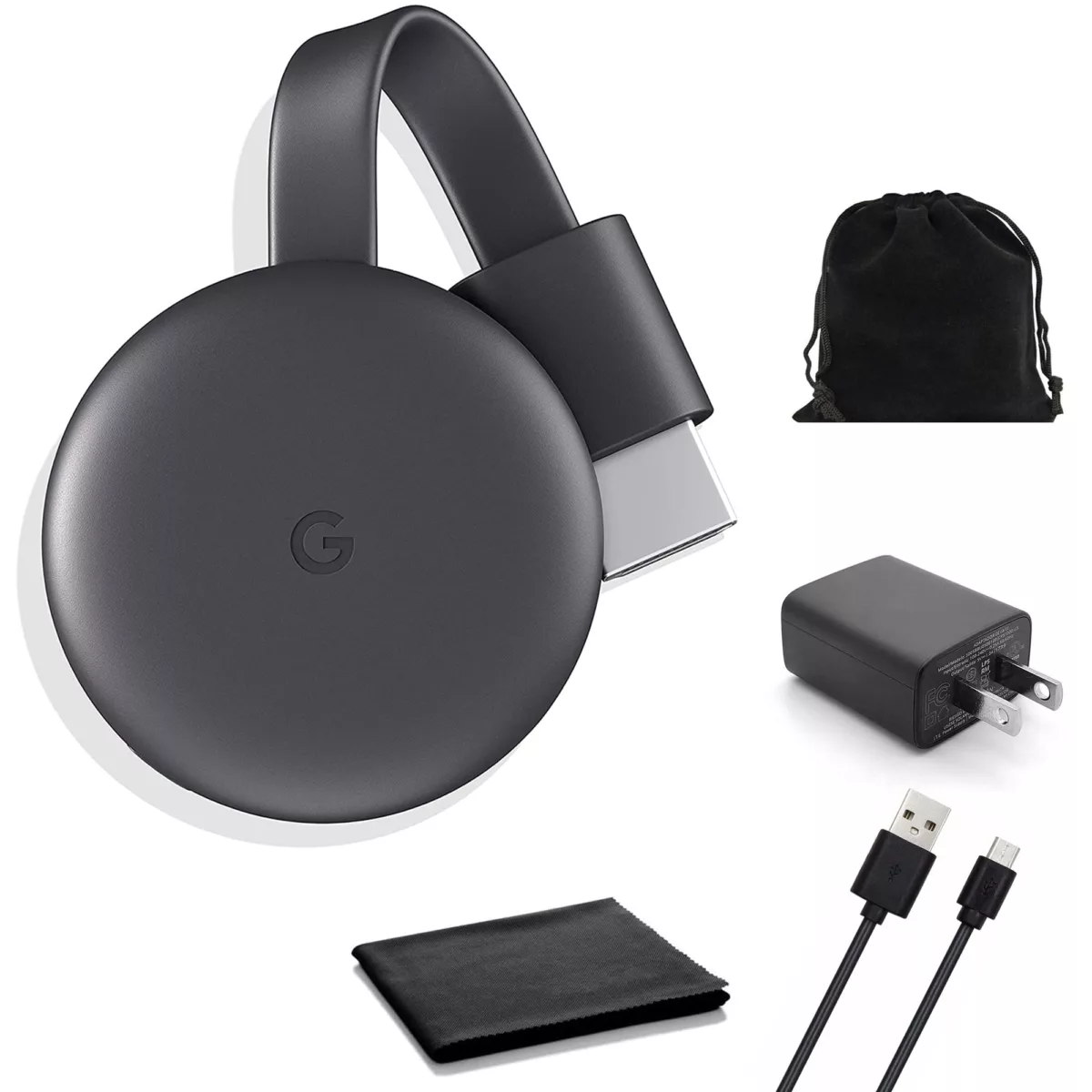
What Are the Different Versions of Chromecast?
There are three different versions of Chromecast currently available:
1. Chromecast (3rd generation): This is the basic version of Chromecast, which is a small dongle that plugs into the HDMI port of your TV. It allows you to stream content from your smartphone, tablet, or computer to your TV. It supports video resolutions up to 1080p.
2. Chromecast Ultra: This is a more advanced version of Chromecast that supports 4K Ultra HD and HDR (High Dynamic Range) video streaming. It also has an Ethernet port for a more stable internet connection. Chromecast Ultra is ideal for users who have a 4K TV and want to enjoy high-quality streaming.
3. Chromecast with Google TV: This is the latest version of Chromecast, which includes a remote control and a user interface called Google TV. It offers a more interactive and personalized streaming experience by providing recommendations based on your preferences. It supports 4K Ultra HD and HDR streaming and has built-in Google Assistant for voice control.
By knowing the features and capabilities of each version, you can easily identify which Chromecast model you have.
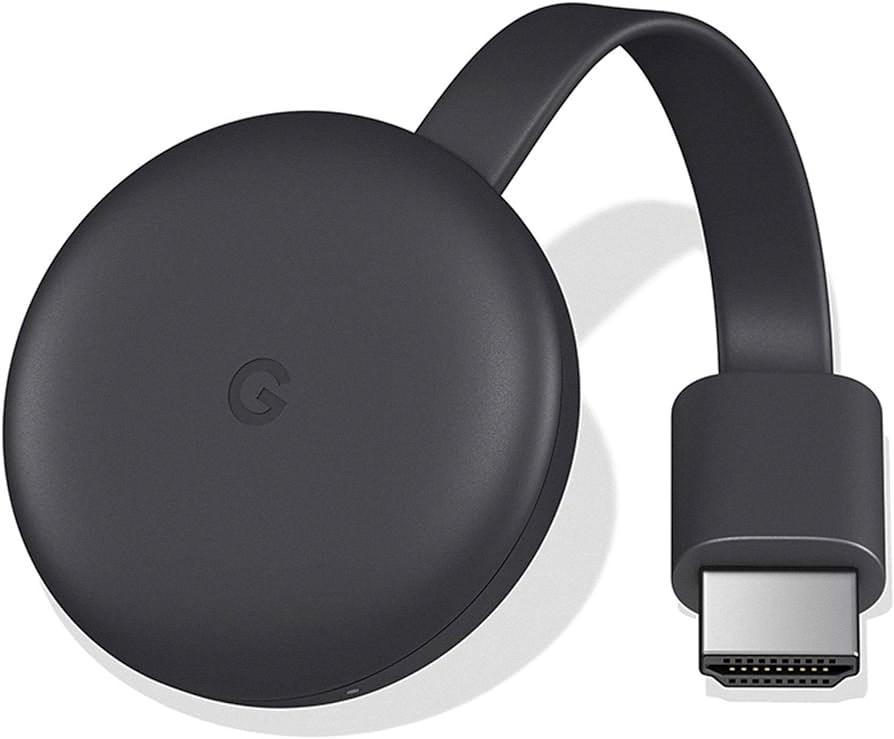
Do Older Versions of Chromecast Still Work?
Older versions of Chromecast, specifically the first-generation Chromecast, no longer receive support from Google. Google has officially ended support for this device, which means it will no longer receive software updates or new features. It’s important to note that while older Chromecast devices may still work, Google warns that users may notice a degradation in performance.
Here are a few key points to consider:
– Google has decided to discontinue support for the first-generation Chromecast, which is approximately 10 years old.
– This means that Google will no longer release software updates or new features for this device.
– While older Chromecast devices may still function, Google cautions that users may experience a decline in performance over time.
– It’s worth noting that newer versions of Chromecast, such as the second and third generations, are still supported by Google and will continue to receive updates.
Older versions of Chromecast, including the first-generation device, no longer receive support or updates from Google. While they may still work, users may notice a decrease in performance. It is recommended to consider upgrading to a newer version of Chromecast for better functionality and continued support.
Is Chromecast 2nd Generation Still Supported?
The second-generation Chromecast is no longer supported. Google has discontinued support for this version of the streaming stick.
Conclusion
Google has released three generations of Chromecast devices: the first-generation Chromecast, the second-generation Chromecast (also known as Chromecast Ultra), and the third-generation Chromecast (also known as Chromecast with Google TV).
The first-generation Chromecast was introduced in 2013 and revolutionized the way we stream media to our TVs. It was a simple, affordable dongle that plugged into the HDMI port of a TV and allowed users to cast content from their smartphones, tablets, or computers. However, Google has officially ended support for this device, so users may notice a degradation in performance if they continue to use it.
The second-generation Chromecast, also known as Chromecast Ultra, was released in 2015. It offered the same streaming capabilities as the first-generation Chromecast but with added support for 4K Ultra HD and HDR content. It also had a faster processor and improved Wi-Fi connectivity for smoother streaming. However, Google has also ended support for this device.
The third-generation Chromecast, also known as Chromecast with Google TV, was released in 2018. It introduced a significant upgrade in terms of functionality and user experience. It came with a dedicated remote control and integrated Google TV, which provided a user-friendly interface for browsing and discovering content from various streaming services. It also supported 4K HDR streaming and had improved hardware performance.
It is important for users to know which Chromecast generation they have to ensure they are aware of the features and limitations of their device. This information can usually be found on the device itself or in the settings of the Google Home app. By identifying their Chromecast model, users can make informed decisions about their streaming needs and consider upgrading to a newer generation if necessary.
Chromecast has evolved over the years to offer improved performance, better picture quality, and enhanced user experience. With the introduction of Chromecast with Google TV, Google has taken a step further in providing a comprehensive streaming solution for users.

